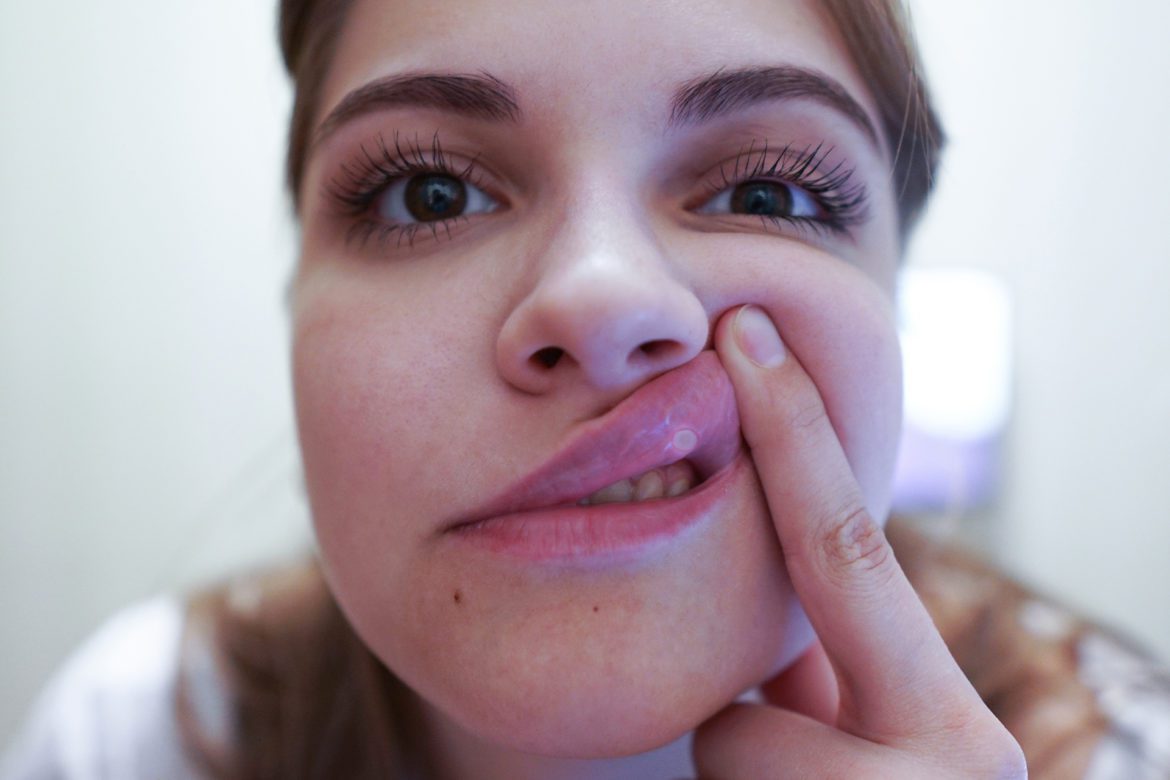In this case, Victoria Sampson uses resin infiltration as a non-invasive treatment alternative for traumatic hypomineralised white spot lesions.
White spot lesions on teeth are defined as enamel surface and/or subsurface demineralisation without cavitation.
Dentistry has seen a rise not only in the prevalence but also the severity of these defects. White spot lesions can be caused by numerous reasons, thus affecting prognosis and the treatment options available to remove them.
The dental industry has been pushed to adapt and create less invasive alternatives for removal of these white spots. When once the only alternative to white spots was drilling the defects away, we now understand the science and causes better, allowing us to create minimally invasive, preventive alternatives.
White spot defects have numerous causes that can affect the enamel substructure, and the treatment options available must reflect this. It is vital that the cause, size and depth of the white spots are ascertained, as treatment results will vary depending on the enamel substructure available. The main causes of white spot lesions are outlined in Table 1.
Case presentations
Both patients presented with white spot lesions on their anterior teeth. The lesions had been present from the eruption of the permanent teeth. Both patients were mainly concerned with the appearance of the white spots, requesting for the spots to be removed.
Following examination, neither lesion was carious. There were no signs of trauma or periapical infection and both teeth tested positive with Endo-Frost.
Both patients were fit and well with no known allergies. Neither patient had experienced illness or complications perinatally or postnatally, with their births being unremarkable. Their mothers had also experienced no difficulties during pregnancy and had not had antibiotics.
The patients maintained excellent oral hygiene, brushing twice a day with fluoridated toothpaste.
Both lesions were indicative of traumatic hypomineralisation. Although many clinical diagnoses are possible, the punctiform lesions were asymmetrical, appearing only on one tooth on the incisal coronal third. Neither patient had poor oral hygiene or a history of fixed braces, confirming that the hypomineralisation had not been caused by accumulation of plaque.
Treatment options
Several treatment options were discussed for removal of the white spot on the labial surfaces of the teeth in question (Greenwall, 2013):
- Tooth whitening (16% carbamide peroxide, two-four weeks)
- Application of amorphous calcium phosphate (Abreu, 2011)
- Microabrasion using 6.6% Opalustre (Greenwall, 2006)
- Resin infiltration (Icon, DMG)
- Composite bonding
- Direct resin veneer
- Indirect veneer
- Crown
The advantages, disadvantages, prognosis and cost of each treatment option were covered. As both lesions were small, relatively shallow white lesions, it was recommended to treat the lesions as atraumatically and non-invasively as possible.
Both patients decided to start with whitening and have Icon resin infiltration treatment if whitening was not successful in full removal of the white spot. Both patients were aware of the risk of the white lesion being exacerbated with whitening (Walsh, 2004).
Treatment carried out
Both patients underwent two weeks of nightly at-home whitening with 16% carbamide peroxide delivered via a custom-fitting mouth tray.
After the whitening, three weeks was allowed to wait for remineralisation and rehydration of the teeth (Titley, 1993). At this point, both lesions had been exacerbated by the whitening as expected.
Icon resin infiltration was performed on the white lesions in question with the following technique:
- Isolation with Optragate isolation retractor and cotton wool rolls
- Surface of lesion was cleaned with pumice
- 15% hydrochloric acid was applied directly onto the lesion and left for two minutes
- Water rinse
- Ethanol was applied with a syringe directly onto the white lesion
- TEGMA resin (Icon resin) was applied on the white lesion and left for three minutes
- Light cure for 40 seconds
- Further Icon resin was applied to the tooth for another minute and cured for another 40 seconds
- The process was repeated until the white spot was removed. For patient A, the cycle was repeated 12 times until the white spot was removed. For patient B, the spot was removed within six cycles
- Polishing with Sof-Lex disc to remove any surface roughness (Neurath, 2019).

